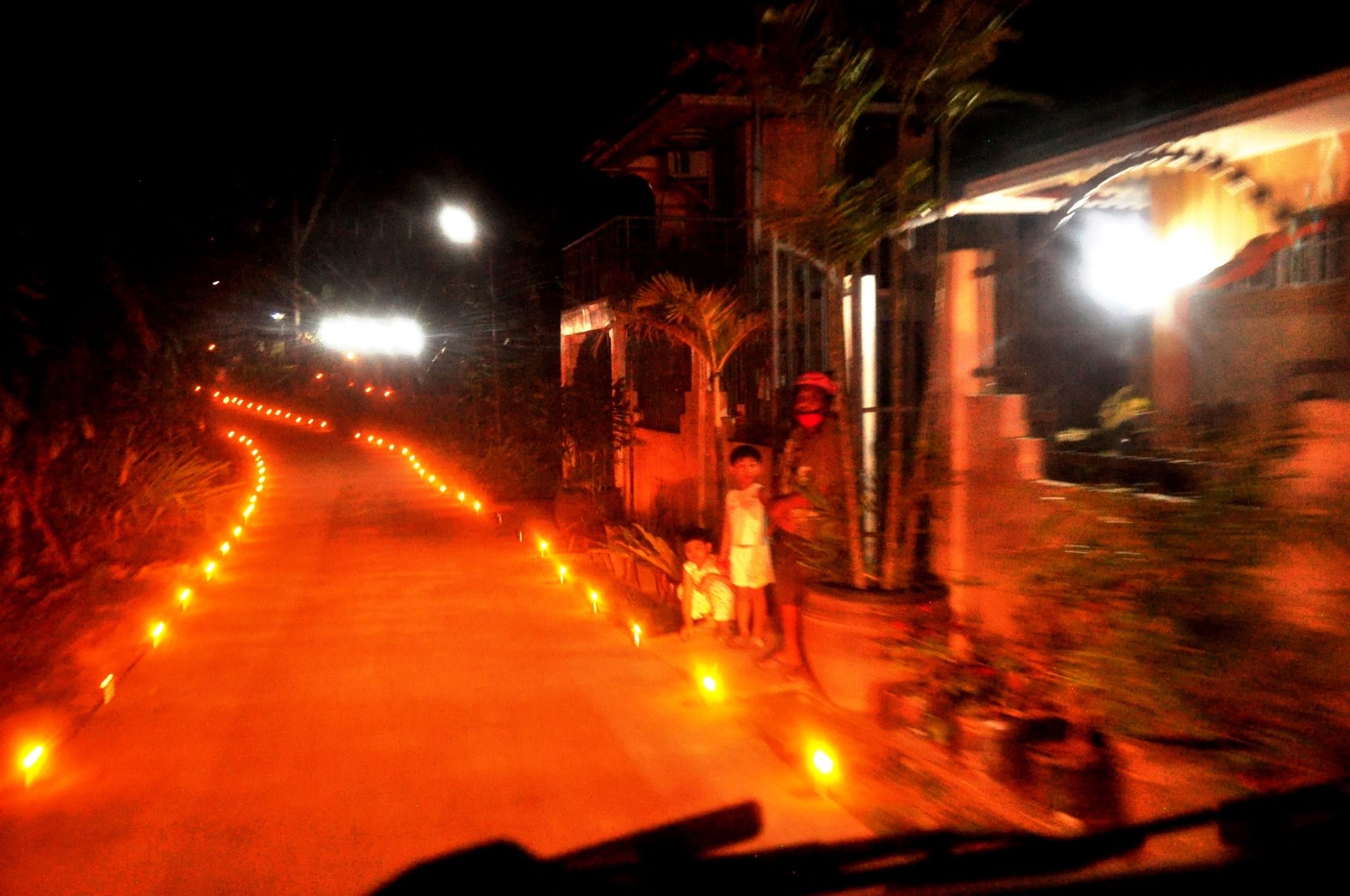Religious processions, live brass bands, street dancing, fireworks, neighborhood feasts: these are the sights and sounds of May, fiesta month in the Philippines. That was before COVID-19.
The pandemic may mute the pageantry, but not the Filipino spirit of celebration Boholanos show how during their “Pista sa Mayo.”
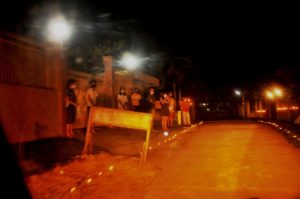 CANDLES LIGHT UP THE ROUTE. With people banned from walking after the image in processions, families stay in their houses and lit to the roadsides with candles to welcome the passing image. (rahchiu/PIA-7/Bohol)
CANDLES LIGHT UP THE ROUTE. With people banned from walking after the image in processions, families stay in their houses and lit to the roadsides with candles to welcome the passing image. (rahchiu/PIA-7/Bohol)
Instead of fireworks and an elaborate procession, only a few cars and motorcycles travel along the procession route. Some houses light candles by the roadside, while others open their windows to watch the procession from their homes.
“This is fiesta in the COVID era,” says Boholano journalist Rey Chiu. “The fiesta used to be lavish…but not this time,” with mass gatherings prohibited to curb the spread of the virus.
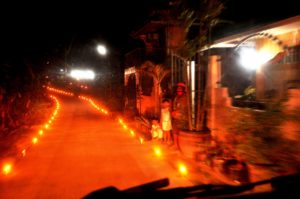 MASKED BELIEVERS. As the fiesta procession winds across town, people line up on the streets following social distancing policies, while communities light up the street sides with candles. (rahchiu/PIA-7/Bohol)
MASKED BELIEVERS. As the fiesta procession winds across town, people line up on the streets following social distancing policies, while communities light up the street sides with candles. (rahchiu/PIA-7/Bohol)
With improved connectivity on the island, Boholanos have been using their mobile phones to document festivities and post about them on social media. Parishes have also been using this platform to engage with parishioners and make announcements, like the procession route.
“We would not have known how to disseminate information without access to the internet,” shares Chiu, quoting a lay minister who has missed church services in the last two months. Churches have been closed, but private Masses, or Missa sine populo (Mass without people), are said daily.
In a joint pastoral letter, Tagbilaran Bishop Alberto Uy and Talibon Bishop Patrick Daniel Parcon urged priests to broadcast church activities, so that the faithful can still participate from their homes. Parishioners can attend Mass via radio, television, or online broadcasts on Facebook.
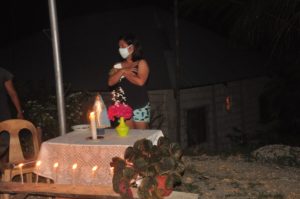 IMAGES FROM HOME ALTARS. Households take their images from household urnas and enthrone them in small altars along the processional routes, as Bohol Fiestas take on a new norm. (rahchiu/PIA-7/Bohol)
IMAGES FROM HOME ALTARS. Households take their images from household urnas and enthrone them in small altars along the processional routes, as Bohol Fiestas take on a new norm. (rahchiu/PIA-7/Bohol)
The procession was not only a religious ceremony but also a community activity, an occasion for neighbors to talk to one another. “This time, we just use our mobile phones to take photos or to livestream the procession on social media,” Chiu adds. Similarly, family reunions are now held via group chats or online parties.
“Boholanos are adapting to a bold, new future with digital communication platforms,” he says.
Since the imposition of quarantine restrictions, Boholanos have been using digital technologies to cope with life under lockdown. Local governments in the province, for example, have been using Smart Infocast to keep their constituents updated on the their COVID-19 prevention and contact tracing efforts, as well as announcements from the National Disaster and Risk Reduction Management Council, National Telecommunications Commission and the Department of Health.
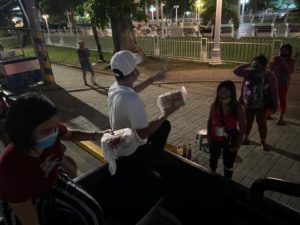 SHARING AND CONNECTING. Bohol fiestas have also found a way to adapt to the times by being virtual. (PIABohol/Abet Uy fotos)
SHARING AND CONNECTING. Bohol fiestas have also found a way to adapt to the times by being virtual. (PIABohol/Abet Uy fotos)
Smart Infocast, the web-based service powered by PLDT wireless arm Smart Communications, Inc. (Smart) is a text message broadcast solution that can send out several short message service (SMS) alerts to a specific group of people as defined by designated users. Inter-agency task force groups and local government units (LGUs) use it to reach officials and employees, the police, health workers, and residents. Registered subscribers can send reports or feedback to the system administrator.

